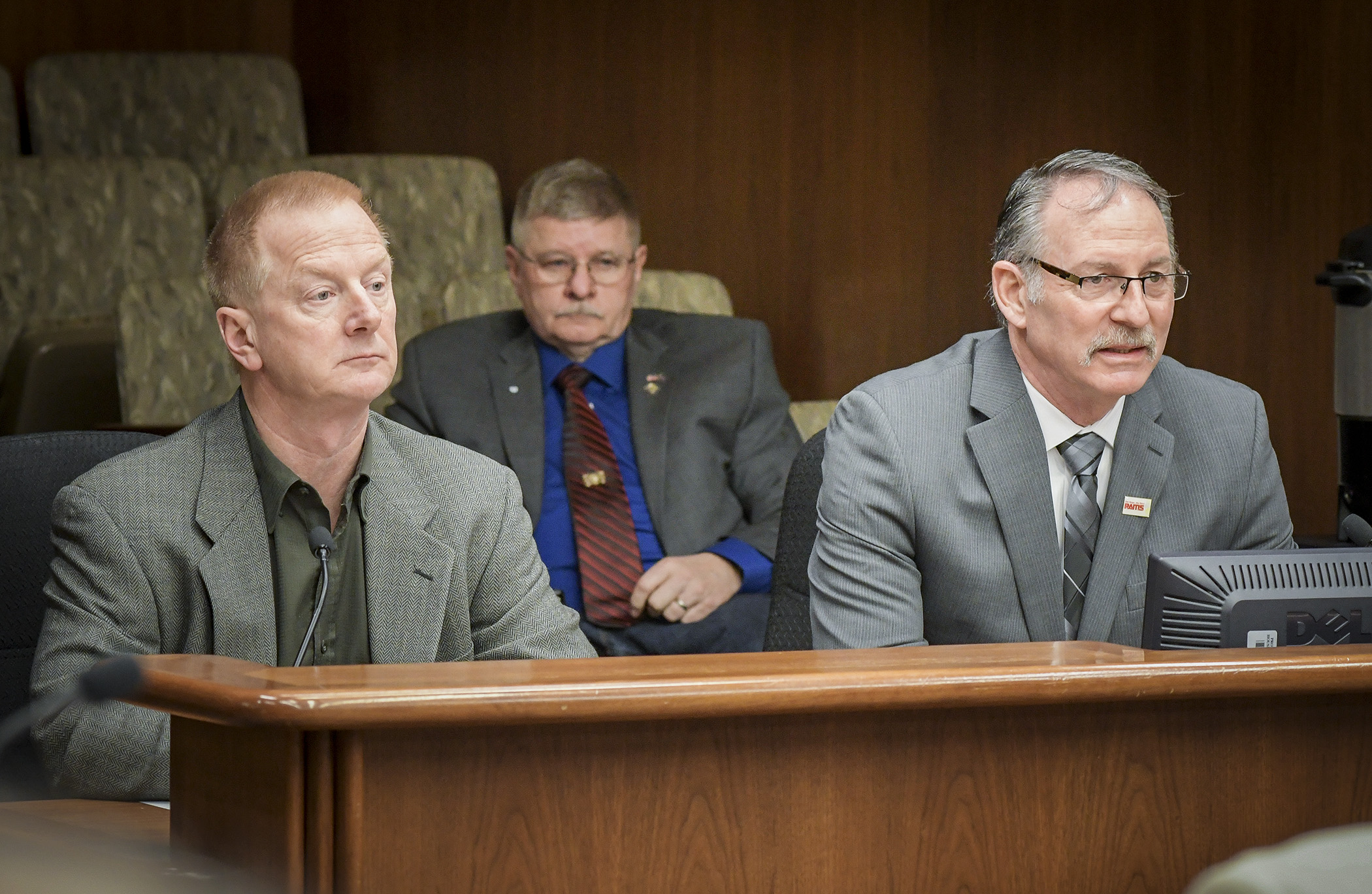Lawmakers seek wild rice water standard that satisfies industry, environmentalists

Wild rice water quality standards have been in a state of uncertainty since an administrative law judge rejected a new standard proposed by the Pollution Control Agency in January.
The Legislature directed PCA to replace the state’s current EPA-approved standard, which limits sulfate discharges into wild rice waters to 10 milligrams per liter, in 2011 after finding it to be scientifically unsupported.
Sponsored by Rep. Dale Lueck (R-Aitkin), HF3280, as amended, would nullify the current wild rice water quality standard and require the PCA to begin a new rulemaking process. The bill was approved by the House Environment and Natural Resources Policy and Finance Committee Thursday on a split-voice vote and referred to the House Government Operations and Elections Policy Committee.
A companion, SF2983, sponsored by Sen. Justin Eichorn (R-Grand Rapids), awaits action by the Senate Environment and Natural Resources Policy and Legacy Finance Committee.
The rejected formula purported to determine standards for each individual body of water. Administrative law judge LauraSue Schlatter said the agency failed to demonstrate that replacing the current standard, which was adopted in 1973, would be equally or more protective of wild rice.
WATCH Full video of March 8 environment committee meeting
Supporters of the bill agree that the current sulfate rule is outdated.
“As our technological and scientific measurements have evolved, so has our ability to find the culprits that actually effect the growth of wild rice and it’s been made clear that sulfate is not the culprit,” said Kelsey Johnson, president of the Iron Mining Association.
Rick Crum, president of Environmental Science and Engineering for Northeast Technical Services, said the bill would eliminate uncertainty for municipalities and allow better infrastructure replacement planning for environmental protection.
“Neither the equation-based standard, which was disallowed by the [administrative law judge], nor the 10 milligrams per liter standard, can be shown to be protective of wild rice, so allowing either to be in rule creates that uncertainty that takes away from spending on real problems,” Crum said.
Critics argued that since the bill would not repeal federally approved sulfate standards, it would not foster regulatory certainty, leading instead to confusion and litigation.
“It does not create the regulatory certainty it purports to create because it doesn’t follow the federal process for repealing or revising water quality standards,” said Kathryn Hoffman, CEO of the Minnesota Center for Environmental Advocacy. “Real regulatory certainty would involve accepting wild rice deserves protection and figuring out better and cheaper clean-up techniques and ways to pay for that treatment.”
Hoffman said the bill usurps a state agency’s power to enforce laws and interferes with an ongoing administration process.
“This bill is essentially a wish list granted to industry,” Hoffman said. “It obliterates the MPCA’s authority to protect any wild rice growing anywhere except for paddy rice that doesn’t really need protection from the deleterious impacts of sulfate.”
The PCA’s general counsel said the agency had no specific comment regarding the proposed legislation.
An amendment added to the bill would appropriate $50,000 to work with the Department of Natural Resources, tribal communities and other stakeholders to study alternative solutions to restore and improve wild rice harvests.
Related Articles
Search Session Daily
Advanced Search OptionsPriority Dailies
Ways and Means Committee OKs proposed $512 million supplemental budget on party-line vote
By Mike Cook Meeting more needs or fiscal irresponsibility is one way to sum up the differences among the two parties on a supplemental spending package a year after a $72 billion state budg...
Meeting more needs or fiscal irresponsibility is one way to sum up the differences among the two parties on a supplemental spending package a year after a $72 billion state budg...
Minnesota’s projected budget surplus balloons to $3.7 billion, but fiscal pressure still looms
By Rob Hubbard Just as Minnesota has experienced a warmer winter than usual, so has the state’s budget outlook warmed over the past few months.
On Thursday, Minnesota Management and Budget...
Just as Minnesota has experienced a warmer winter than usual, so has the state’s budget outlook warmed over the past few months.
On Thursday, Minnesota Management and Budget...